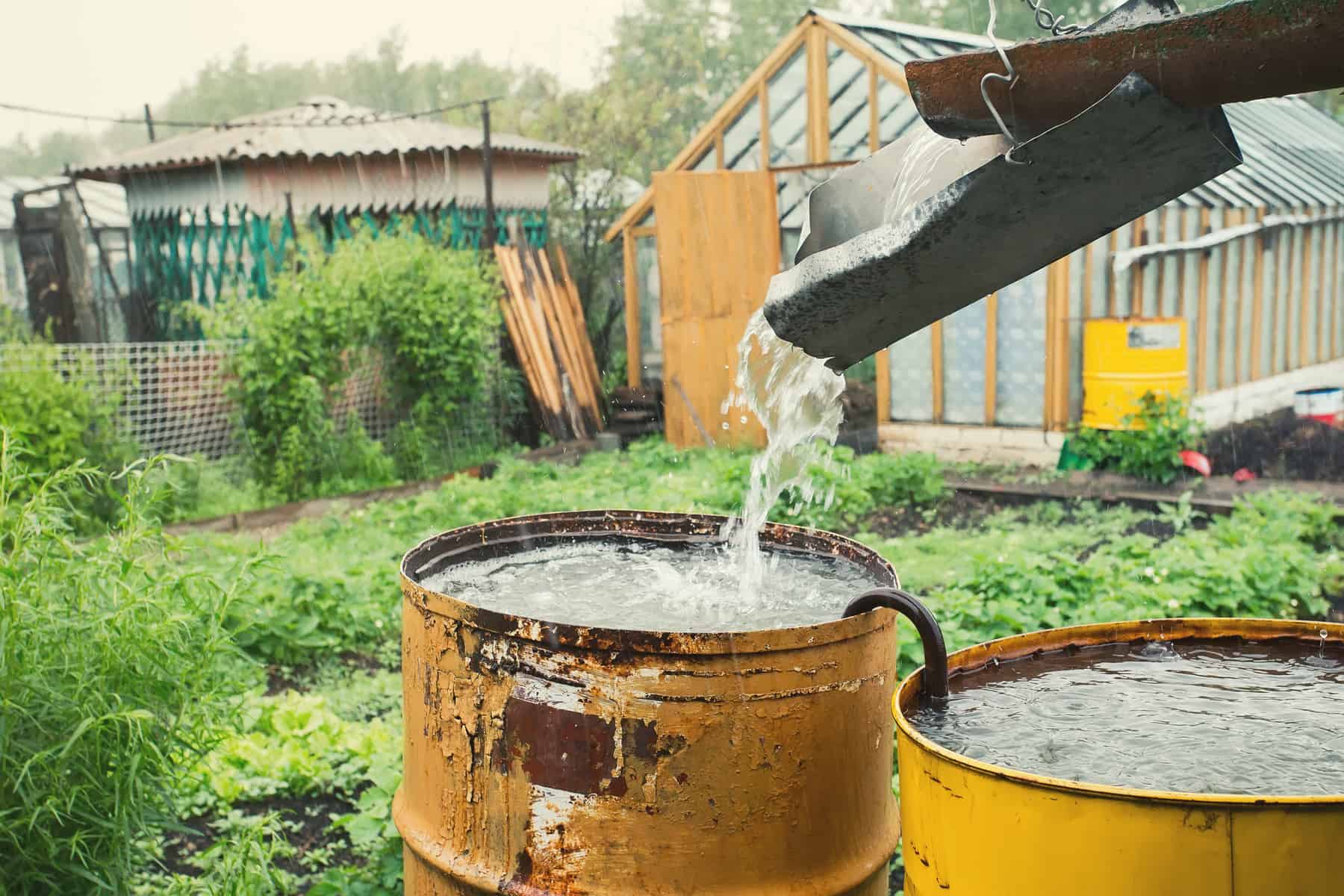
Switching water sources can save energy and freshwater. If builders construct homes with plumbing systems that separate the water streams, then domestic gray water from showers, sinks, and clothes washers can be reused. Gray water can flush toilets inside the home or irrigate flowerbeds outside. With minimal treatment to remove organic components, families can use gray water again for washing. Since these end uses do not require the most energy-intensive form of treatment that drinking water requires, gray water represents an energy savings. However, large-scale gray water recycling might leave sewers without enough flow to operate effectively.1A. S. Stillwell and M. E. Webber, “Water Conservation and Reuse: A Case Study of the Energy-Water Nexus in Texas,” World Environmental and Water Resources Congress 2010 (2010), 4093-4108, accessed September 7, 2016, doi: 10.1061/41114(371)417. Home occupants can ensure the ecofriendliness of their wastewater collected from washing and bathing by using biodegradable soaps to avoid releasing toxins into their gardens.
Harvesting gray water can supply not only less energy-intensive water but also heat. While the water from toilets generally is not heated, the water from sinks, showers, and laundry machines retains some of its heat as it travels down the drain. In traditional systems, the heat escapes through pipes into the ground, but a heat exchanger can use that waste heat to preheat incoming freshwater or produce electricity by the use of thermoelectric generators, thereby saving energy.
Image Credits: Graphic.mooi/Shutterstock.com.
Update your browser to view this website correctly.Update my browser now